The control room in a chemical plant serves as the central hub for monitoring and controlling production processes. Proper management of the control room ensures safe, efficient, and reliable operations. This article outlines a detailed framework for effective control room management, covering personnel, operations, environment, and safety protocols.
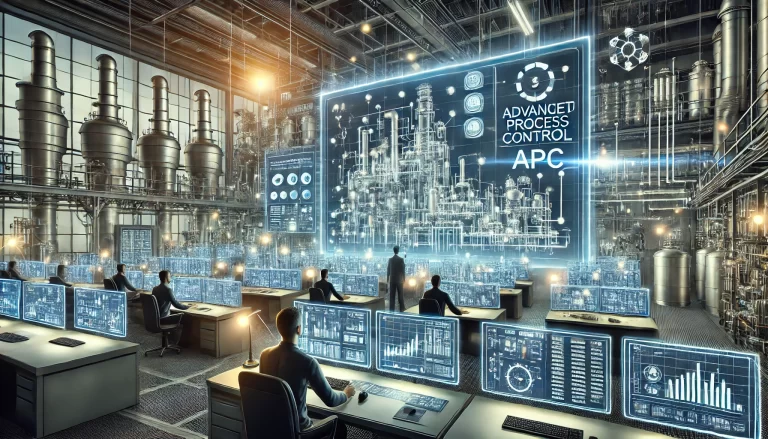
1. General Provisions
1.1 The control room is critical to plant operations, serving as the command center for monitoring processes, managing alarms, and coordinating emergency responses.
1.2 Management of the control room should prioritize safety, precision, and efficiency.
1.3 Access to the control room should be restricted to authorized personnel only.
2. Personnel Management
2.1 Roles and Responsibilities
- Operators: Monitor plant processes, handle alarms, and coordinate with field personnel. They must ensure the correct execution of operating procedures and maintain real-time documentation.
- Supervisors: Oversee operations, make key decisions, and provide guidance during abnormal conditions or emergencies.
- Maintenance Technicians: Gain approval before entering the control room and follow specific protocols during repairs.
2.2 Shift Management
- A 24-hour shift system should be implemented with clear schedules to ensure continuous monitoring.
- Each shift should consist of at least two operators for mutual support and validation of operations.
- A detailed shift handover process should include recording process conditions, ongoing issues, and pending tasks in a logbook. Handover meetings should ensure clarity and accountability.
2.3 Training
- All personnel must undergo rigorous training to understand the plant’s processes, equipment, and emergency procedures.
- Regular refresher courses and hands-on simulation training must be conducted to enhance technical skills and problem-solving capabilities.
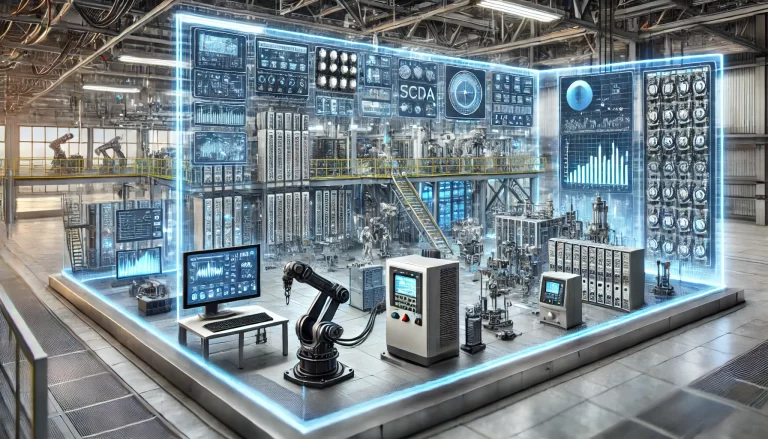
3. Environmental Management
3.1 Cleanliness and Organization
- The control room must remain clutter-free, with workstations organized for easy access to controls and documentation.
- Prohibit eating and drinking to prevent contamination of equipment and ensure hygiene.
3.2 Environmental Controls
- Maintain appropriate temperature and humidity levels to safeguard sensitive electronic equipment.
- Anti-static flooring and ergonomic seating should be provided for operational safety and comfort.
4. Operational Protocols
4.1 Process Control
- Operators must adhere strictly to Standard Operating Procedures (SOPs) during operations.
- Any deviation from prescribed parameters must be documented, justified, and approved by supervisory staff.
4.2 Alarm Management
- Operators must respond to alarms immediately, identifying root causes and resolving issues within prescribed time limits.
- Maintain an alarm log to track occurrences, responses, and corrective actions.
4.3 Documentation
- Real-time data such as process parameters, material flow rates, and equipment status must be recorded.
- Data backups should be scheduled daily to prevent information loss and ensure traceability.
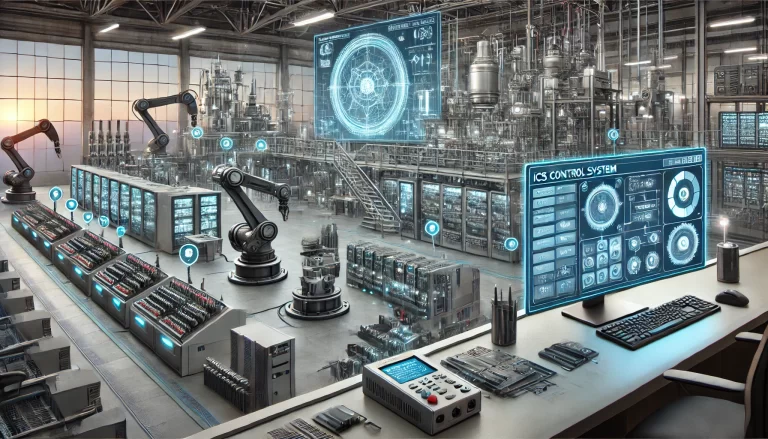
5. Safety Management
5.1 Restricted Access
- Only authorized personnel are permitted entry into the control room. Visitors must register their details and state the purpose of their visit.
- Unauthorized access during critical operations is strictly prohibited.
5.2 Emergency Preparedness
- Equip the control room with fire extinguishers, gas detectors, and emergency communication devices.
- Operators should be trained in evacuation procedures and emergency equipment usage.
5.3 Hazard Prevention
- Smoking, open flames, and any activities that pose a safety risk are strictly prohibited.
- Operators must wear personal protective equipment (PPE) when required.
6. Communication Protocols
6.1 Internal Communications
- Communication between the control room and field operators should use reliable systems such as intercoms, radios, or telephones.
- Repeat and confirm critical instructions to ensure accuracy.
6.2 External Communications
- Any external information sharing, such as data to external auditors or government agencies, must be approved and logged.
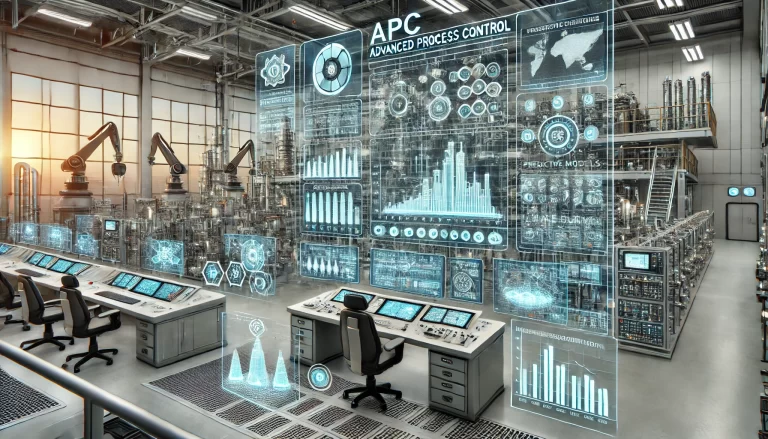
7. Maintenance and Inspections
7.1 Routine Inspections
- Conduct regular inspections of control panels, screens, and instrumentation to identify and resolve faults early.
- Inspect HVAC systems, lighting, and power backups to maintain a conducive operational environment.
7.2 Preventative Maintenance
- Schedule regular maintenance checks for all equipment, including servers and data storage devices.
- Document maintenance activities and monitor recurring issues for trend analysis.
8. Data Security and Confidentiality
8.1 Data Integrity
- Data recorded in the control room must be accurate and consistent.
- Implement encryption and password-protected systems to secure critical production data.
8.2 Confidentiality
- Sensitive information such as recipes, production schedules, and equipment designs should not be shared without managerial approval.

9. Performance and Compliance Monitoring
9.1 Performance Audits
- Conduct periodic evaluations of operator performance and control room efficiency.
- Develop Key Performance Indicators (KPIs) to measure compliance with protocols and production targets.
9.2 Compliance Standards
- Ensure all activities align with local regulations, international safety standards (e.g., OSHA, ISO), and plant-specific guidelines.
10. Incentives and Penalties
10.1 Recognition of Excellence
- Operators demonstrating exemplary adherence to procedures, safety, and performance metrics should be rewarded.
10.2 Disciplinary Actions
- Violations such as tampering with equipment, unauthorized access, or negligence will be subject to investigation and disciplinary measures.
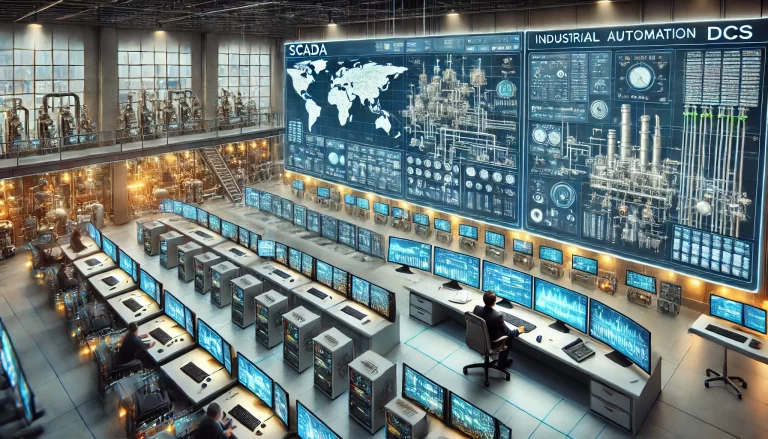
11. Conclusion
By adhering to these comprehensive guidelines, a chemical plant can ensure its control room operates as a safe, efficient, and effective nucleus of production. Periodic updates and employee engagement are vital for continuous improvement in control room management.
